Premise
What will you learn?
1. Understand three types of paring knife.
2. Different blade shapes of a paring knife with examples.
3. Eight ways to use paring knives in food decoration.
4. A table of links of 14 posts to show you different methods of food art or vegetable carving.
YOU WILL NEED
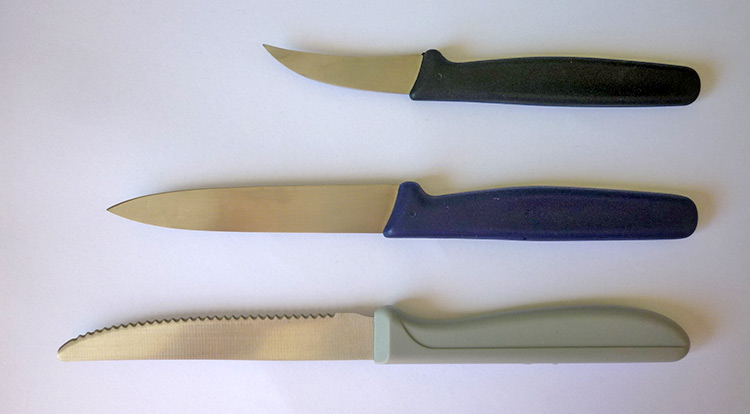
Curved blade or straight blade paring knife, please choose one that you will use confidently most of the time for food decoration. A serrated blade paring knife is optional.
Practice
Paring knives are designed for cutting with dexterity and tackling tasks which the chef’s knife can’t reach. As they are comparatively small, you don’t always need a cutting board to use them. This article will show you eight ways to use a paring knife in food decoration, there is only one example that you will need a chopping board for while you are processing with a paring knife.
3 paring knife types and names
Different paring knives with their different blades are great for sophisticated work in a kitchen, such as peeling fruit or vegetables, removing shells from seafood or preparing garnish food. In this article, I will list three common paring knives to explain and give you some examples of how you are able to use these knives in food decorations.
Curved blade paring knife |
Two and a half-inch paring knife with a curved blade. If you would like to create a garnish, this type of paring knife is the best choice for food decoration. It’s also named a tourné knife, turning knife, peeling knife or bird’s peak knife (curved blade resembles a bird’s beak). Most of the food decoration articles in this blog are showing you using this type of paring knife. But please choose the one that you are confident to use. |
|
Straight blade paring knife |
Four-inch paring knife with a straight blade. This short-bladed knife is designed for small objects cutting, peeling, dicing and deboning. People like to process small food in their hands without using a cutting board and think this way is much faster than using chief knife on a cutting board. |
|
Serrated blade paring knife |
Four and half-inch paring knife with a saw-tooth blade. You can use a serrated blade instead of the traditional straight blade paring knife. Sometimes it is even better to use the serrated blade paring knife, such as to cut bread or process citrus skin and segments. It’s able to cut smoothly without squashing much. |
Different blade shapes of a paring knife
You don’t need many knives as a professional kitchen has. You only need one or two paring knives that you can use confidently most of the time. If you just started choosing a paring knife for creating garnish, you can concern yourself with what kind of vegetable that you are going to carve. Also please see the PAYOFF, a list of food decoration ideas with difficulty level and paring knife types to offer you a certain idea how to choose your favourite paring knife to match your needs.
Using the correct blade shape of a paring knife is able to save effort and achieve the results easily. For a good understanding of using these five-blade shapes of paring knives in picture-1 and picture-2 below, I will give you five examples. Each example has its own article to show you how to process the entire vegetable decoration. If you would like to learn only one specific blade shape of a paring knife, please visit through the link from picture-3 to picture-7. Once you have done that page, come back to this article and continue reading the other blade shapes.
A. Point
B. Sharp end spine
C. Edge finish
D. Middle edge
E. Back
Curved blade paring knife

Straight blade paring knife
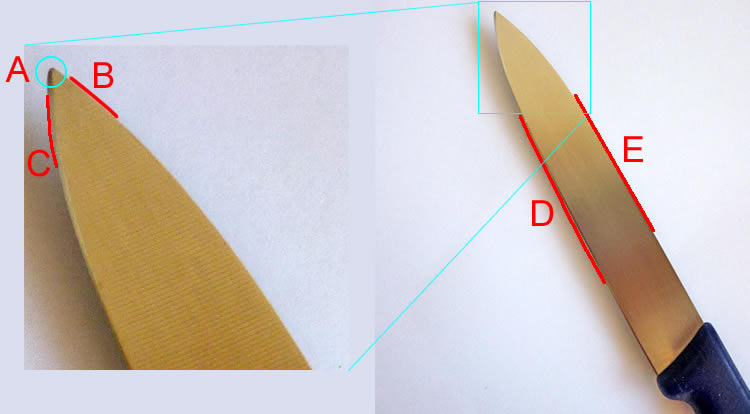
Example of using different blade shape
This example is using “A” point blade-shaped paring knife to carve a hole at bottom of carrot flower. Click the article Carrot flower to continue reading the full article.

If you would like to carve small details on an object, but you don’t want to cut through, the “B” sharp end spine on curved blade paring knife is a good blade shape to use. Click the article Mushroom art to continue reading the full article.
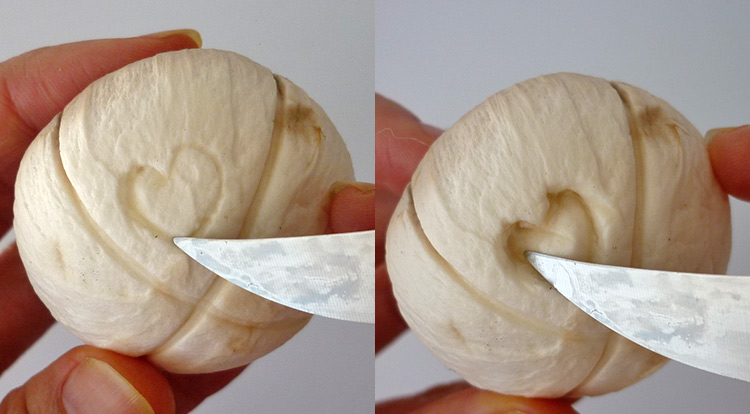
For cutting a narrow tiny small area, the best blade shape to use is the “C” edge finish on a cured paring knife. See the example in picture-5, only peel little bits of skin off from strawberry and turn that narrow cut skin outside with the edge finish blade shape. Please click the article Strawberry rose to continue reading the full article.
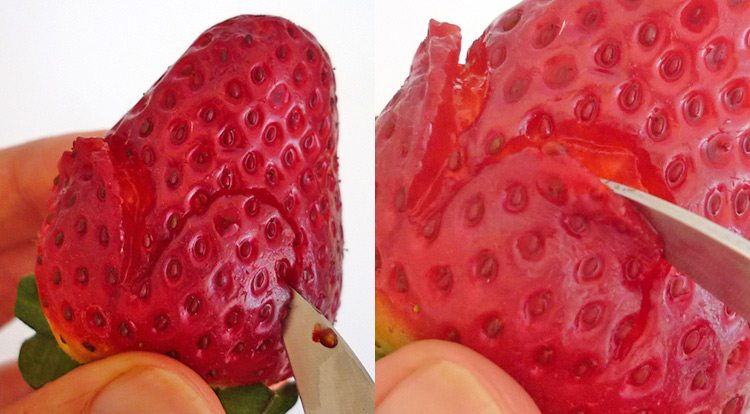
The “D” middle edge is the most common blade shape that we are using for cutting or peeling small objects. Picture-6 is carving a flower petal from a carrot end, the curved blade paring knife will be a good paring knife to cut an arc shape. Click the article Carrot flower to see the full article.
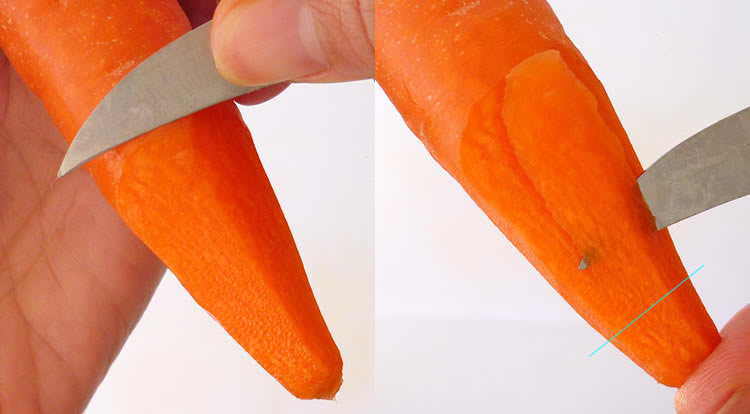
In the article Mushroom art, we are using a paring knife to peel mushroom skin off and carve patterns on it. You are able to use the “E” back paring knife to stamp the cross or grid shapes on it.
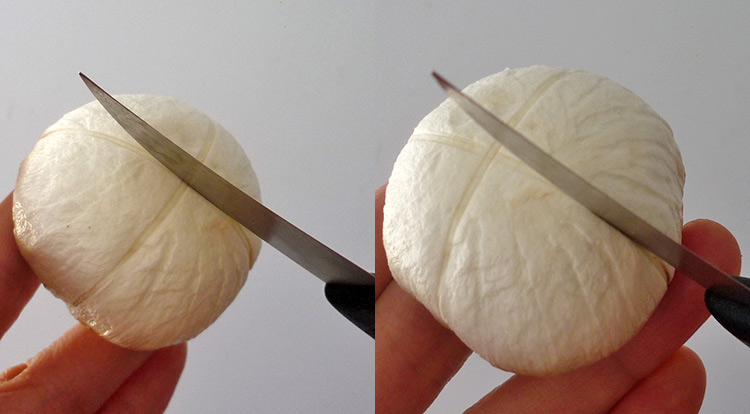
8 ways to use paring knives in food decoration
Lots of chefs like to process food with paring knives. The most common reason they probably will say is you don’t need to wash the chopping board. In addition, if you are proficient with paring knife to process food, such as peeling fruit, vegetables or any other small intricate work. You are able to pay less attention, but you still can process efficiently. Briefly, the main idea for using a paring knife with the hands alone is using both hands to circle turn, squeeze thumb and other four fingers cleverly. Please follow the pictures and explanations below to offer you details.
To explain well, I am assuming that you are using your right hand, if you are not, use each picture in reverse.
1. Peeling skin in a circle
Wrap handle of paring knife with four fingers by your right hand. Set your thumb at the front of edge blade. When you are peeling the skin, your thumb (in picture A position) and index finger (in picture B position)
or B side fingers should squeeze and push toward each other, but keep a certain distance. Also both your hands are turning down to the centre in opposite directions. This turning and pushing are able to make the blade of paring knife remove the skin off.

Your thumb (in picture A position) should always move away from the edge blade, also it has a duty to relocate for next cutting. Therefore, your thumb should touch down when you are squeezing and peeling the skin. Then move up into a new position to support the cutting process. Continue until the whole skin is finished. In picture-9, red dash circle line will be the path your thumb is going to walk through during the peeling process.
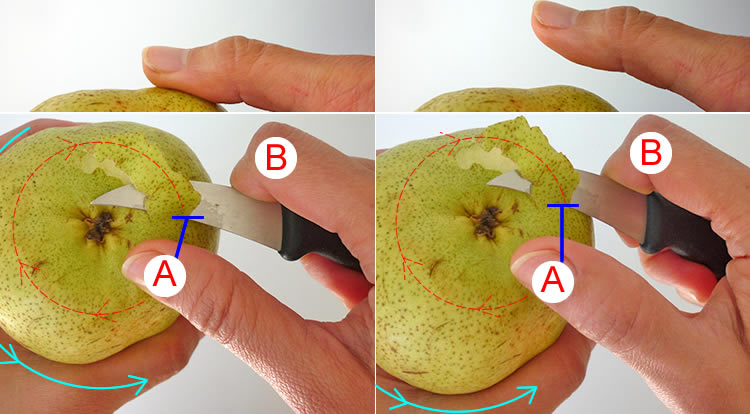
If you are using the straight blade paring knife, it will be the same way to control the knife. However, most of the time you might remove a little bit more skin off of a fruit or vegetable when you are using the straight blade. Please compare the right top corners of picture-8 and picture-10 to give you the reason why the different blade shapes are working on a circle surface object.
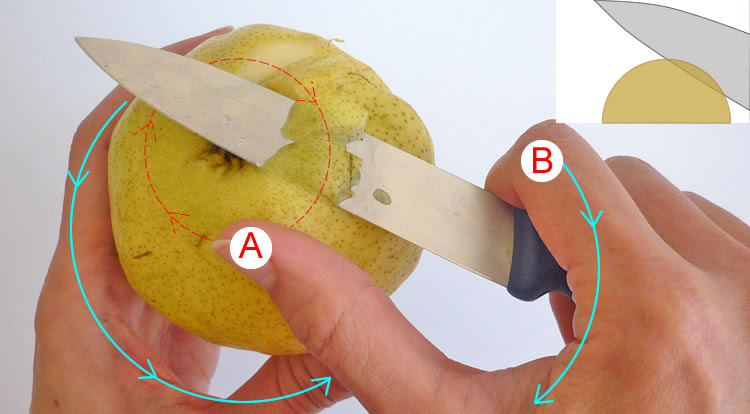
2. Peeling skin in a straight direction
Wrap handle of paring knife with four fingers with your right hand. Rest your thumb at the front of the blade edge. When you are peeling the skin, your thumb (in picture A position) pushes up, and the index finger (in picture B position) or B side fingers push down to control the blade and cut the skin off. Your left hand is holding the object and gently pushing up to support the processing.
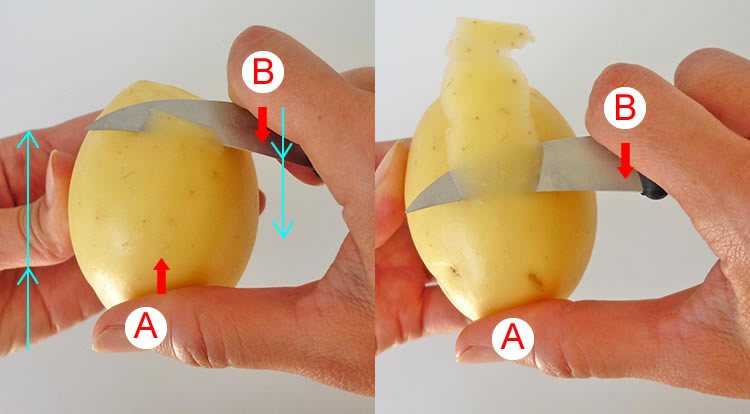
The straight blade paring knife will be controlled in the same way as a curved blade one.
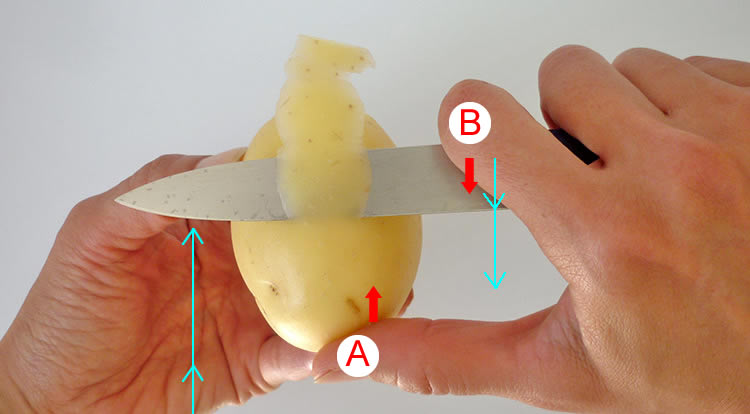
3. Dig a circular hole in an object surface
If you want to core a tomato or dig a black hole out from a fruit or vegetable, you can insert the point of the paring knife at the edge of the circle that you want to remove. Dig down to a depth of about one inch, then place your thumb (in picture A position) on fruit as the centre of a compass, let the four fingers wrap the handle of the paring knife to turn. While your right hand is turning, you left hand should turn in the opposite direction to help the cutting.
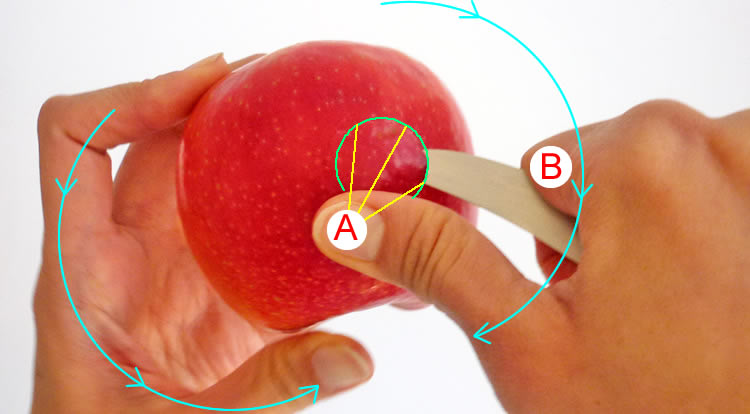
Once the circle cutting has turned 360 degrees, the cone should pop out from the fruit or vegetable.

4. Cut a small object on hands
This is a very efficient way to cut a small diameter object on your hands. if you want to cut through a small object, the method is similar to peeling the skin in a circle. The different part is the thumb (in picture A position), you don’t need to move up and relocate it while processing. Instead of pushing your thumb (in picture A position) up. As such, both your hands should turn in opposite directions down while the fruit or vegetable is cutting.
You might worry that your thumb (in picture A position) on your right hand will be cut when the object is cut through. Let me explain to you. Your thumb should be safe if you are operating correctly. As your right-hand B fingers (wrapping the knife) will turn a circle down, and you should always keep A and B a minimum distance apart.
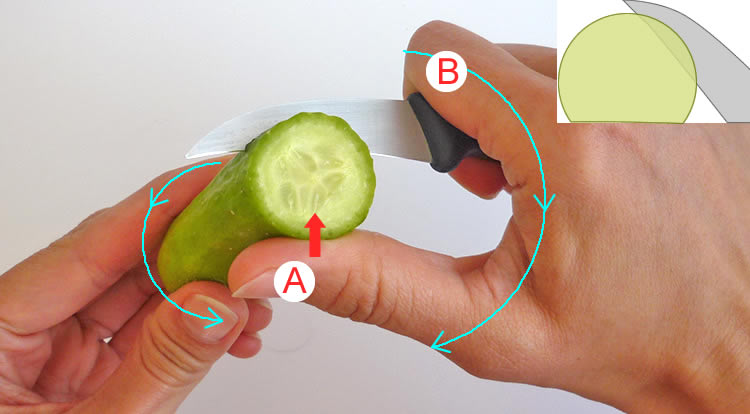
In this case, for cutting a small diameter object, it might be better to use the straight blade one. Please see the right top corners of the picture-17 and picture-18 to compare to the straight blade one. As the straight blade is wider, it is able to cut straight through the object.
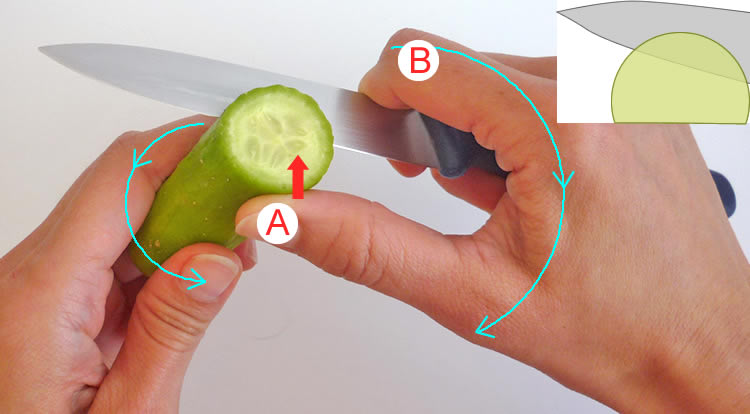
5. Peel skin
Another use of a paring knife is to remove the skin. Use the pointed tip of a paring knife to nip the skin, and your thumb press another side of the skin at the same time to pull the skin out. The article on Mushroom art will use this skill and create mushroom flowers.
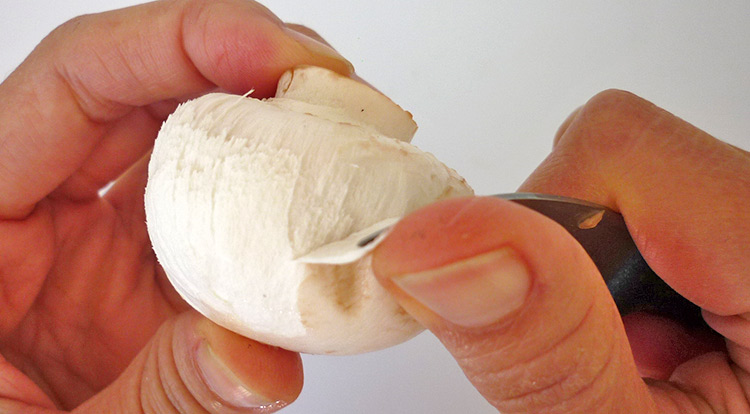
6. Trim a sharp shape
You will think this way is similar to sharpen a pencil. Grab the paring knife with your right hand and hold it between your thumb and index finger. The right hand of thumb (in picture A position) is helping to push out. Another hand (left hand) is holding the object, and also the thumb (in picture C position) is pushing out too.

The article Carrot flower is using this way to make a pyramid as a flower base.
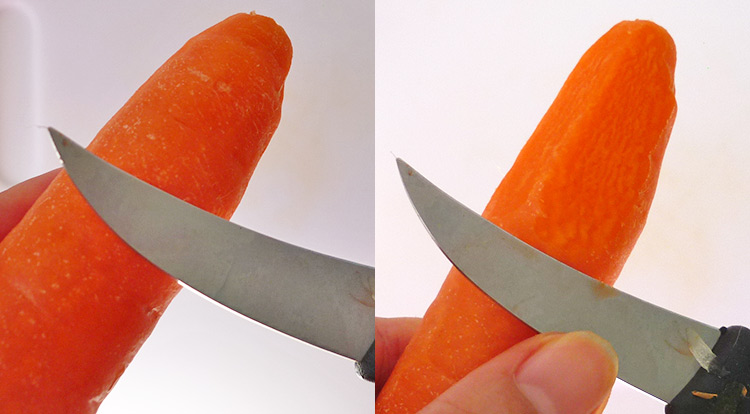
7. Dig a deep hole
Sometimes food decoration requires we need to dig a small and deep hole on a vegetable or fruit. In picture-19, if you insert the point of a paring knife in the section of carrot, and turn the blade 360 degrees to get a hole. What is the top size of a cone you will get? If you would like to get a narrow cone, you probably will choose the curved blade one or using the other tool to do this task.
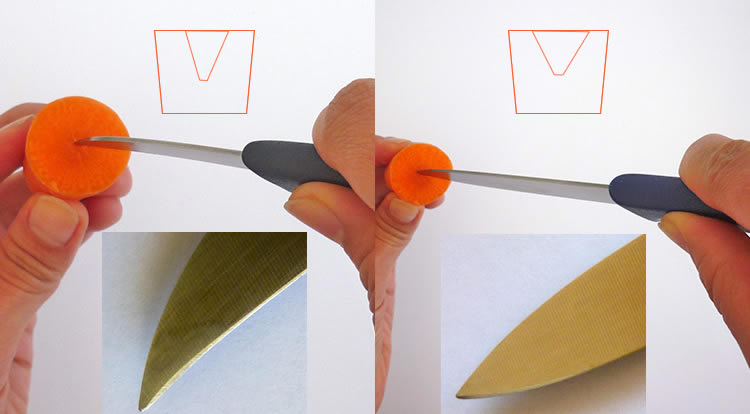
In the article Eash food art with spinach leaves, you will find the vegetable shuttlecock in the second example. You will use this way to carve cucumbers for food decoration.
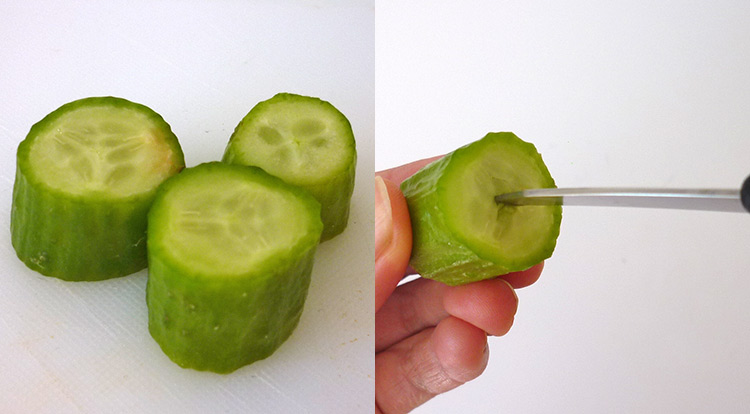
8. Cutting small objects
The paring knife gives you more control to work on small details. It’s not that easy to chop small food with a big chef knife. As it is not very nimble to use.
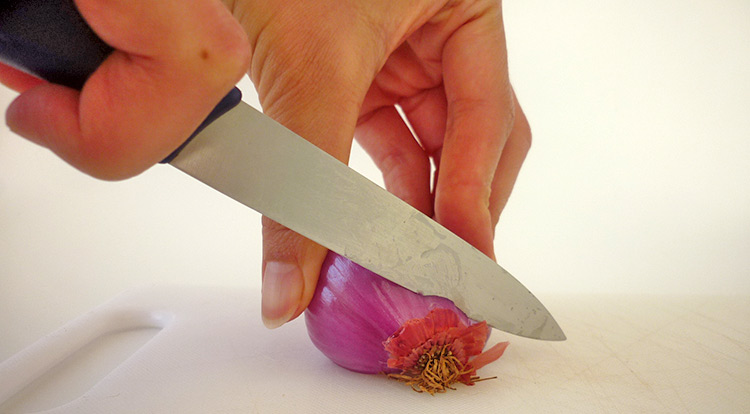
In the article Easy vegetable carving, it will show you how to dice a small shallot with a paring knife easily.

For cutting a small object, you are able to choose a straight blade or serrated blade paring knife. In some situations, the serrated blade one is better than the straight blade one. Such as the article Orange art, we are using the serrated blade to cut the orange skin and segments without squashing much. Also if you are using the serrated blade, you will use less pressure when you are using it to cut food.
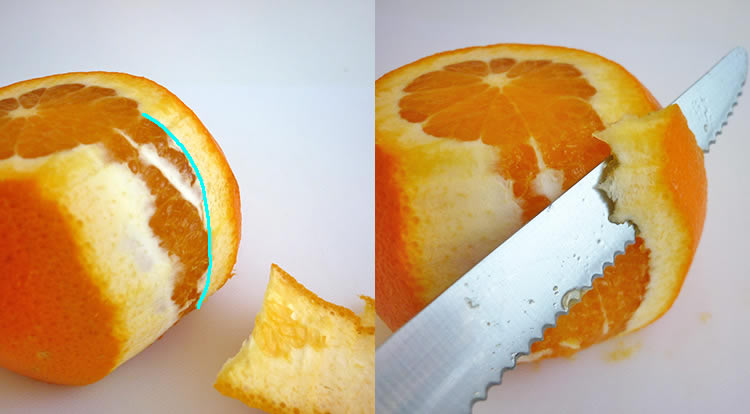


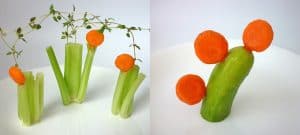
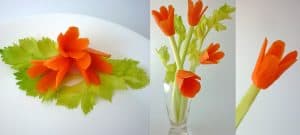


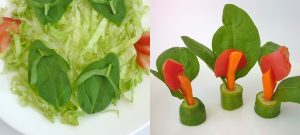


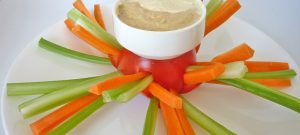

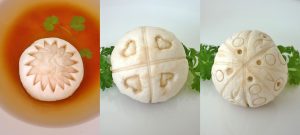
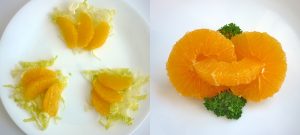

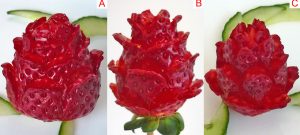
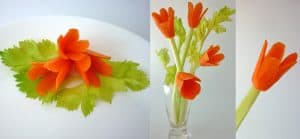
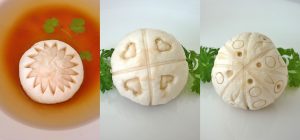

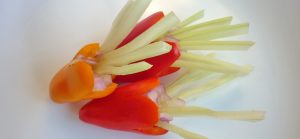
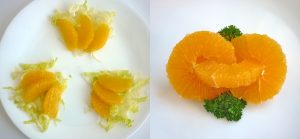
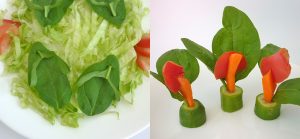
Chloe says:
Love the website, very creative, Loving it 😍 🥰